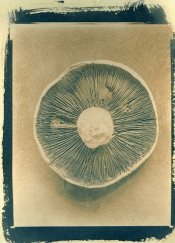I've been contemplating a revisit to cyanotype, and was liking some of the tea toned examples I have run across. Anyone know what bleach and dilutions? How far do I bleach?
Any ideas beyond tea? Other treatments? All I've ever done are strait prussian blue, but I'd like to play around beyond that.
J
Any ideas beyond tea? Other treatments? All I've ever done are strait prussian blue, but I'd like to play around beyond that.
J











